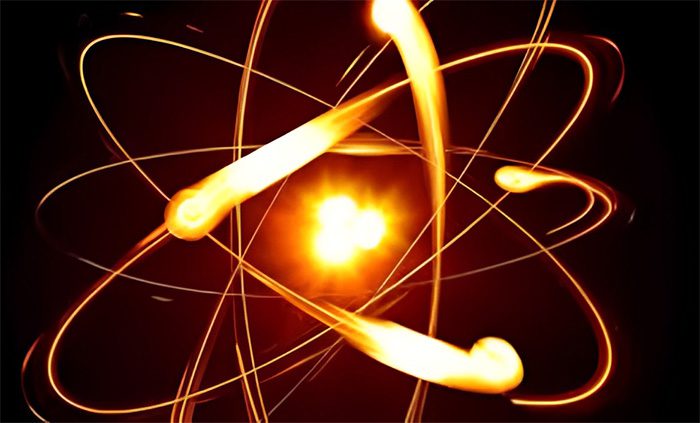A team of scientists has broken the record for the shortest electronic pulse ever created, measuring an astonishing 53 attoseconds.

This groundbreaking achievement could lead to more accurate electron microscopes and may also enhance data transmission speeds in computer chips.
Shorter electronic pulses allow for higher data transmission speeds. The research team is currently working to minimize the duration of these pulses as much as possible, aiming to improve computing applications as well as electron microscopy. In conventional circuits, electronic pulses are limited by the frequency at which electrons can oscillate within matter. A pulse must last at least half a cycle of these oscillations, as it is this very cycle that generates a “push” for the electrons.
In 2016, scientists created a visible light pulse lasting just 380 attoseconds using a short light beam. Now, they have taken a step further by using a laser to eject electrons from the tip of a tungsten needle into a vacuum, ultimately generating a 53-attosecond pulse of electrons. This is one-fifth the time it takes for an electron to orbit its nucleus in a hydrogen atom.
A pulse of such brevity can enhance electron microscopy, enabling clearer detection of particle movements. The new microscope utilizes segments of mirrors to arrange and collect light at an extremely small scale, capturing three-dimensional images of molecules in terms of both position and direction, while simultaneously producing sharper images.
This achievement also promises to improve electron microscopy capabilities, specifically, “the attosecond electronic pulse will provide sufficient resolution to capture moving electrons.”
“If we develop an electron microscope using attosecond electronic pulses, we will have enough resolution not only to observe atoms in motion, which is already fascinating, but also to see how electrons leap between those atoms.”


















































